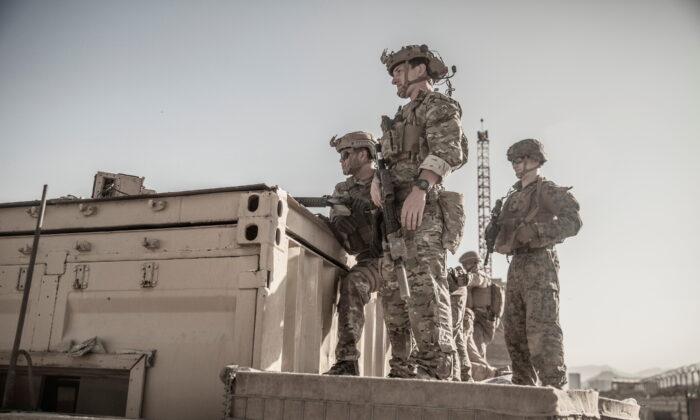–
The U.S. military carried out a counterterrorism drone strike against a member of the ISIS-K terrorist group in Afghanistan early on Aug. 28 local time, according to U.S. Central Command.
“Initial indications are that we killed the target,” he said. “We know of no civilian casualties.”
The strike involved an unmanned aerial vehicle in Afghanistan’s Nangarhar Province, he added.
ISIS-K is an affiliate of the ISIS terrorist group. It claimed responsibility for an attack that took place on Aug. 26 outside the gates of Hamid Karzai International Airport in Kabul, bragging that a suicide bomber had managed to “penetrate all the security fortifications” put in place by U.S. forces and the Taliban.
It wasn’t clear whether the now-deceased ISIS-K planner was involved specifically in the Aug. 26 attack, which took place at or near the Abbey Gate on the eastern side of the airport. According to initial reports, one bomb went off at the gate before at least one other exploded near the Baron Hotel, situated a short distance from the gate.
The Pentagon confirmed on Aug. 27 that a suicide bomber carried out the attack and denied reports of a second explosion at or near the Baron Hotel.
Founded in 2015, ISIS-K is a sworn enemy of the Taliban and the United States. Until the airport attack, ISIS-K had been quiet since Kabul was taken over by the Taliban on Aug. 15.
Zabihullah Mujahid, a spokesman for the Taliban, said that it was conducting a “Taliban investigation” into the ISIS-K attack.
Since Aug. 15, crowds have flooded to the gates of Kabul airport, desperate for help from U.S. allies to leave the country.






Friends Read Free